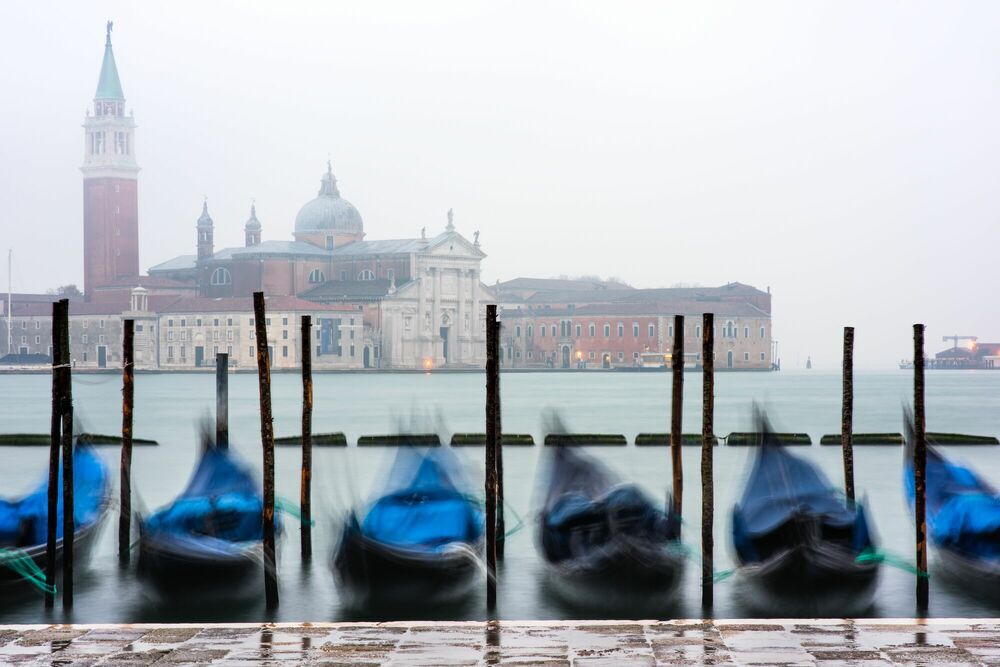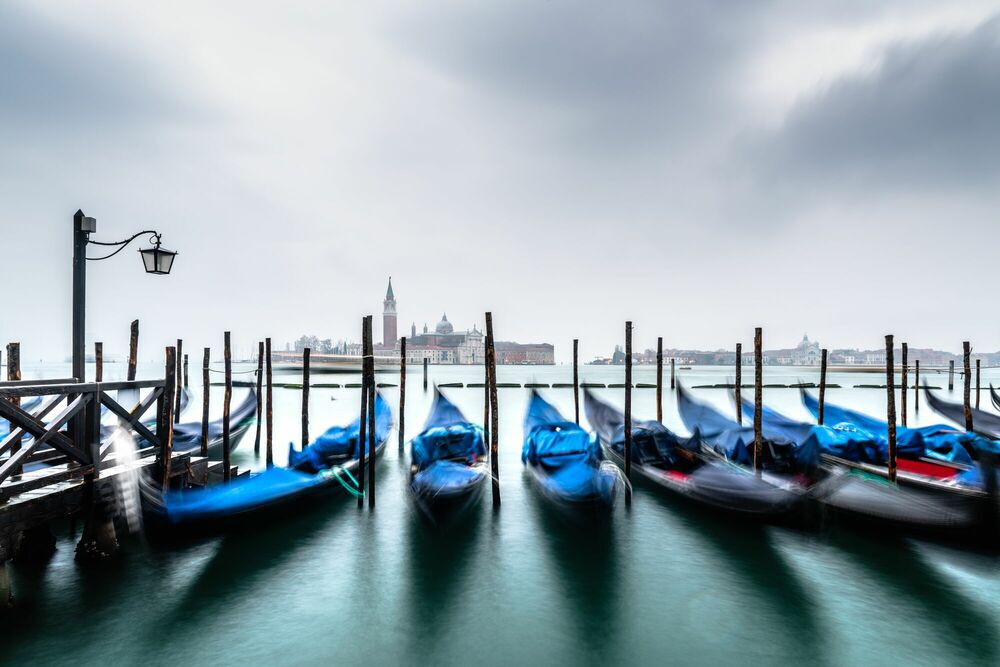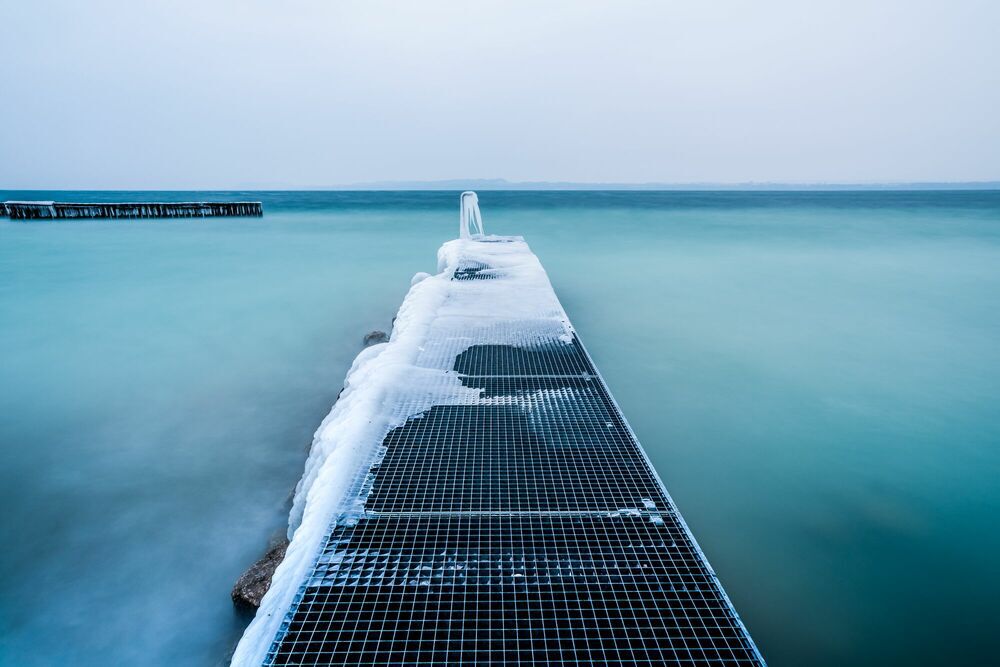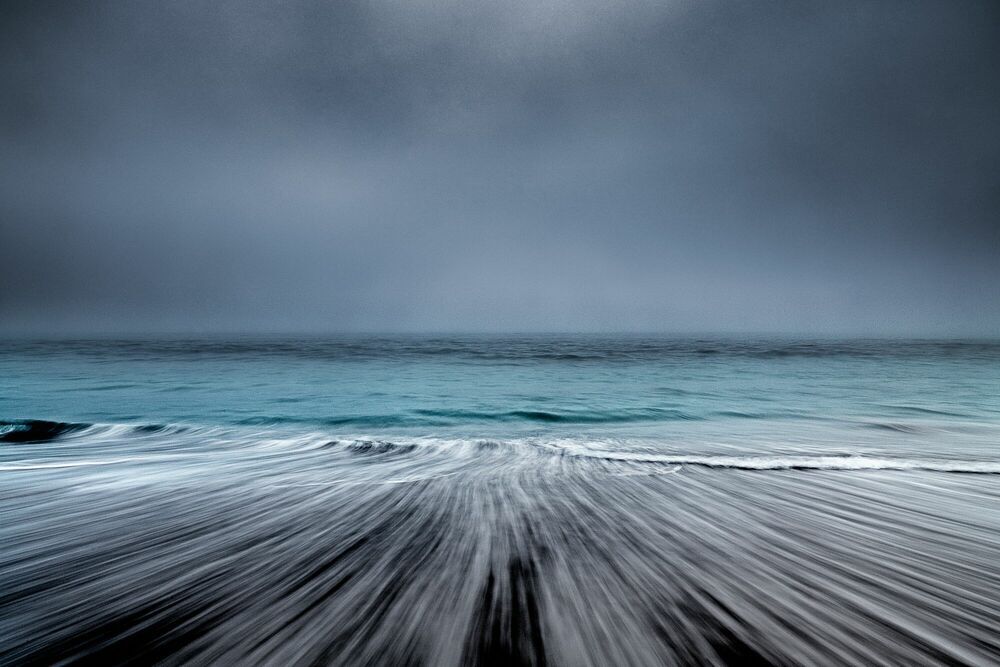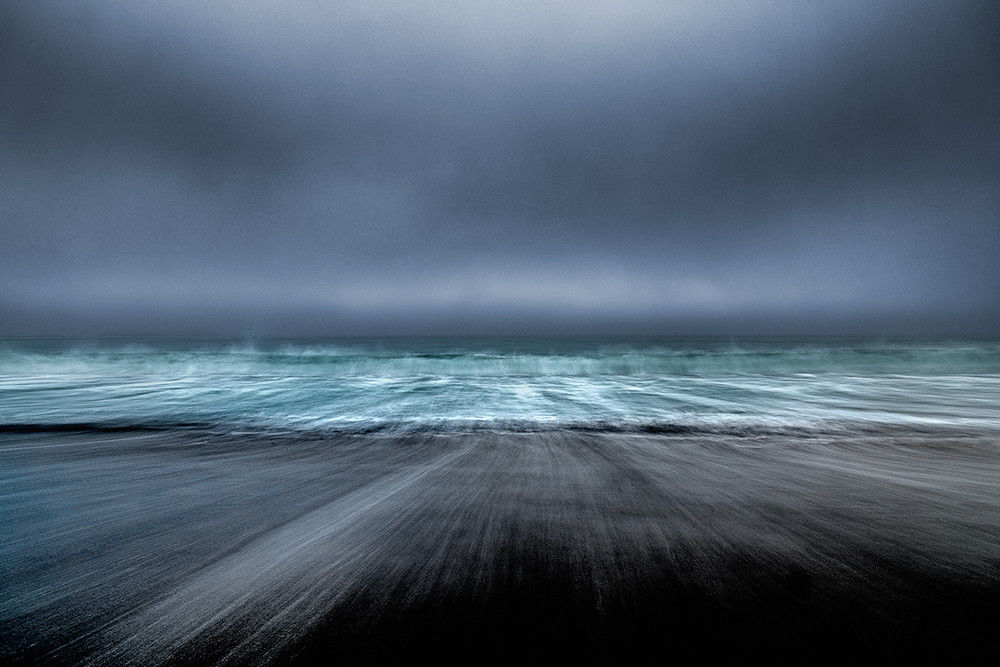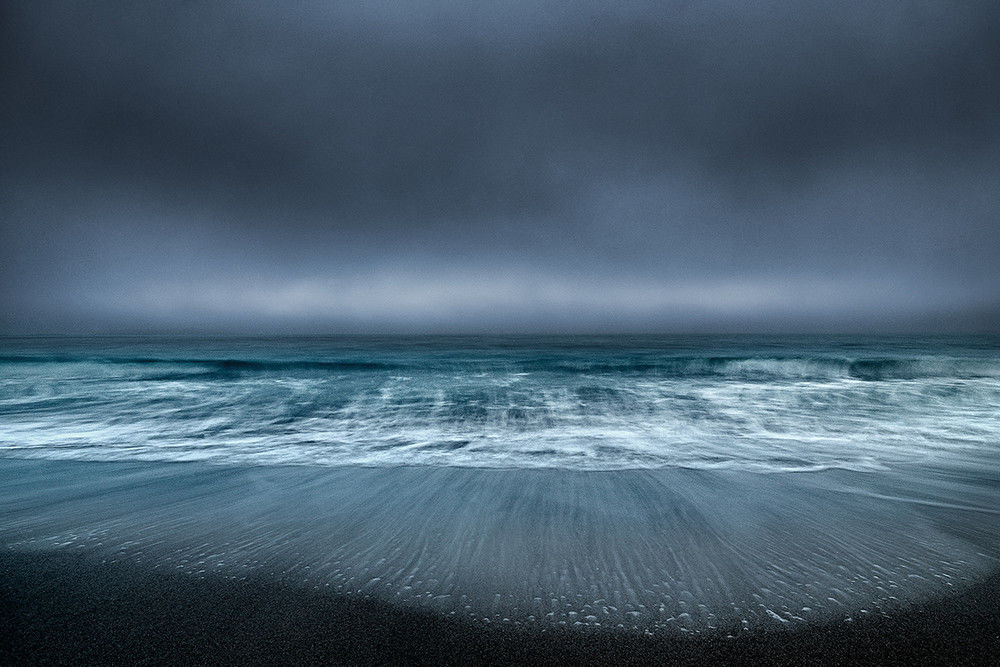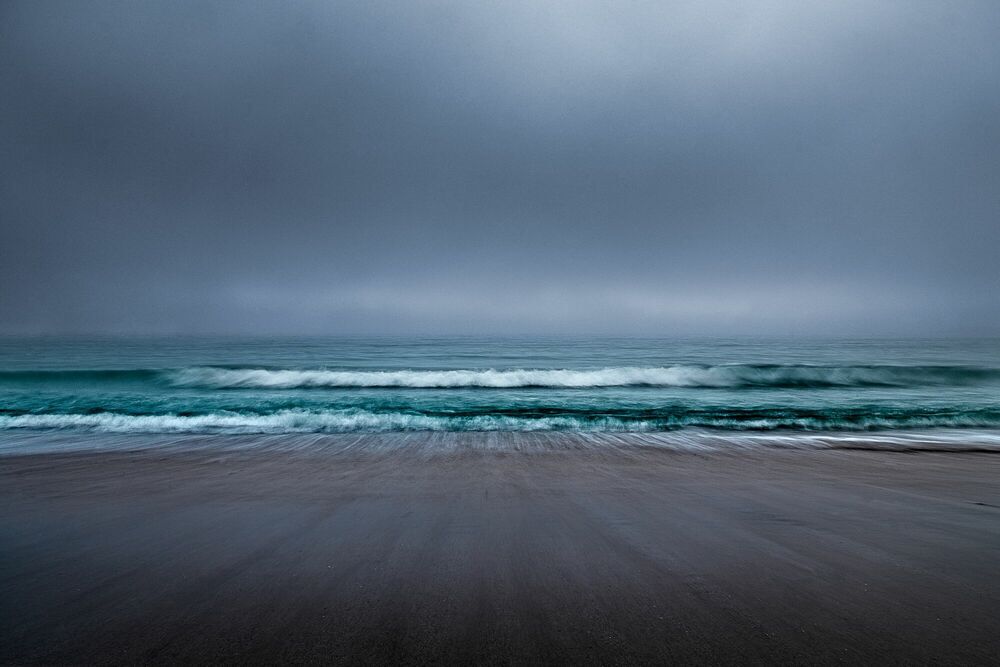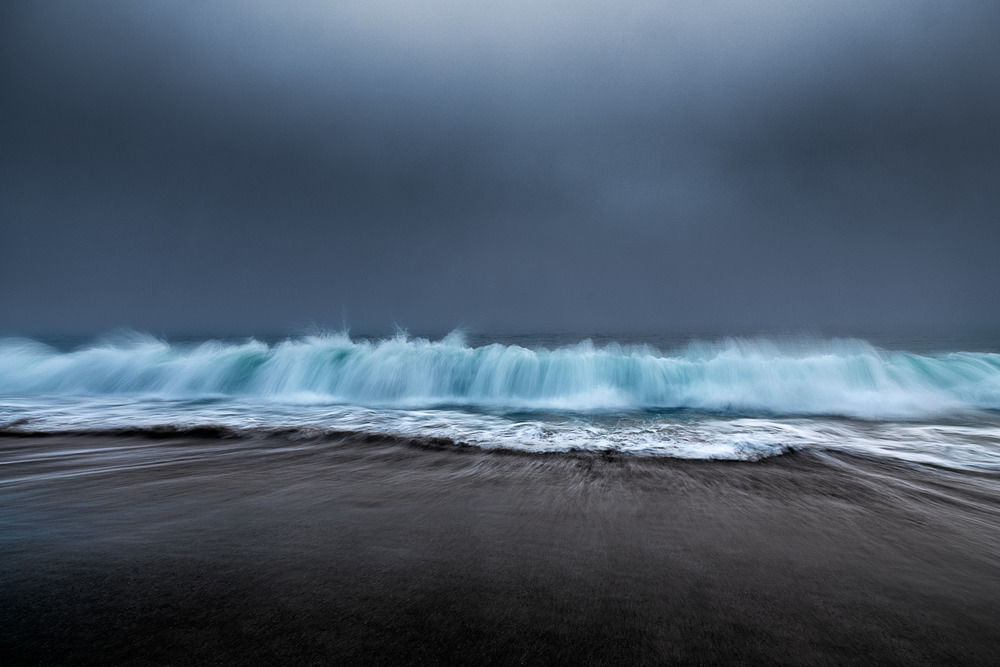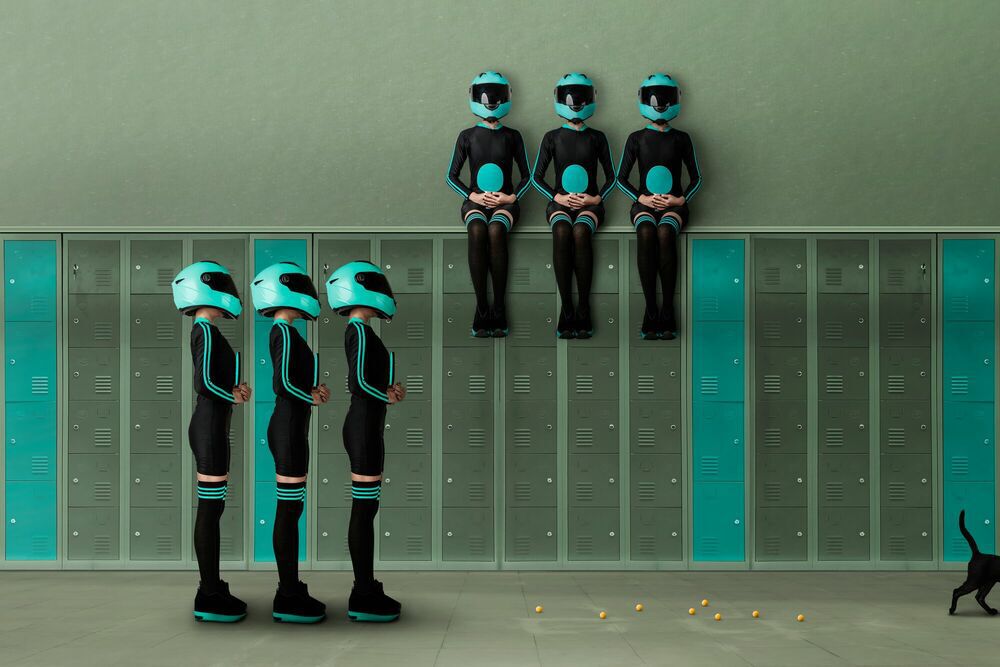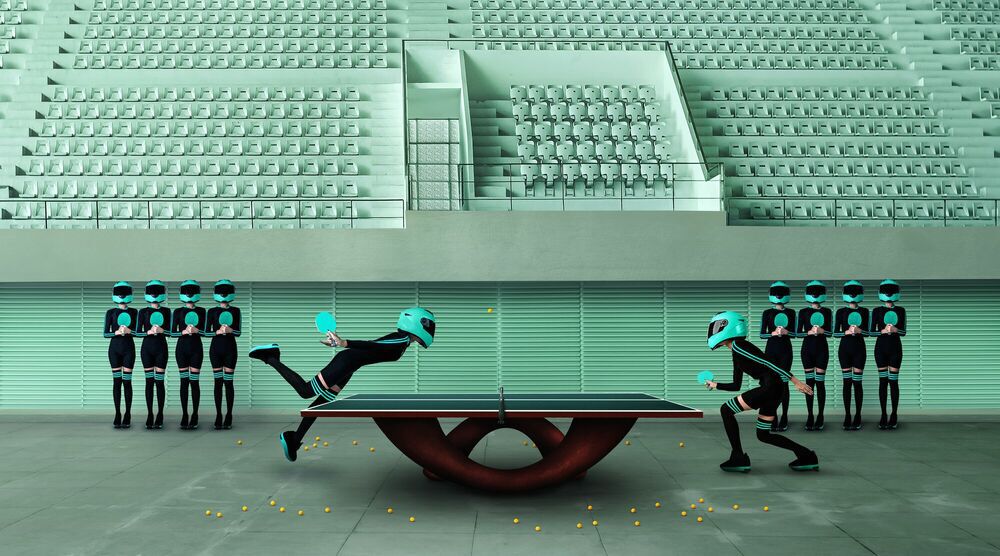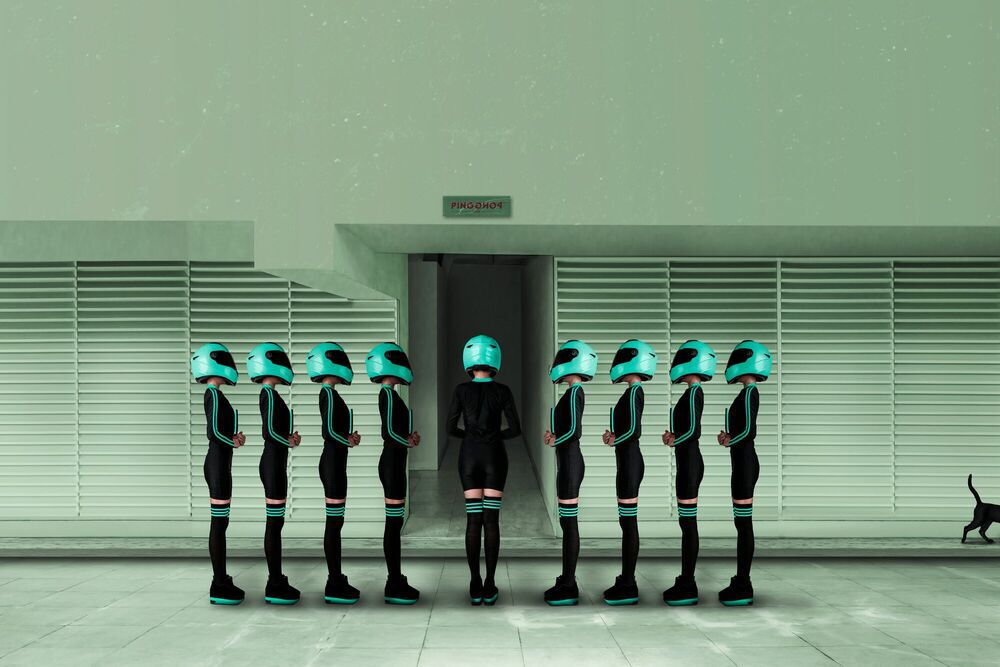VENISE 1
n
shades of blue
Jennifer Esseiva
Light Play
Jennifer Esseiva never leaves on a trip without her camera! For her, the secret of a successful photo is the atmosphere it radiates. In this way, she has chosen to work with natural light in order to capture, at a specific moment, a particular emotion that can come from a specific place. She photographs the beauty which surrounds it, according to the rhythm of the day’s light. It takes a certain exposition, a changing light, or natural moving shadows to transform ordinary scenes into breath-taking landscapes.
Sull'opera
Antti Viitala
Tidal landscapes
Some talented artists find their calling at a young age. A true prodigy, Antti Viitala was only fourteen when this he tried to capture his first images through the lens of a camera. This launched the Finnish artist’s career as an assistant to famous publicity and fashion photographers before travelling the world himself looking for grandiose panoramas. Without geographic constraints, he crisscrossed the planet from Iceland to South Africa, questioning the power of nature.
Antti Viitala is himself an adept of natural light. His art mixes the techniques of artisanal photographers from the past with the deeper mastery of modern technology. He is thus able to capture the most subtle nuances and traits of his subjects.
HARDIBUDI
The visual artist
Hardibudi defines himself as unique, different. He doesn’t consider himself a photographer, rather a visual artist. His goal? Satirize the modern world by a procedure of dehumanisation. To do so, he chooses a limited colour palette, often binary, and poses his models in inexpressive stances. This aesthetic is precisely calculated. Lines and subjects blend together in a harmony that erases any notion of hierarchy between the different elements of photography.
Hardibudi takes to heart his wish to anchor his work to that of Andy Warhol and the Pop Art movement through the treatment of primary colours, the effect of repetition, and the effect of flattening the elements.
